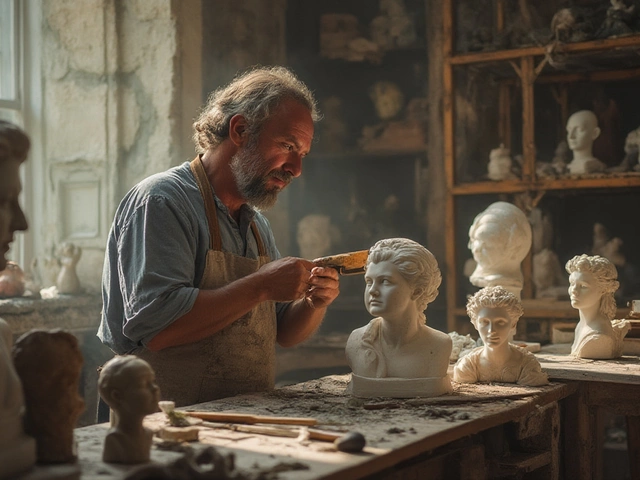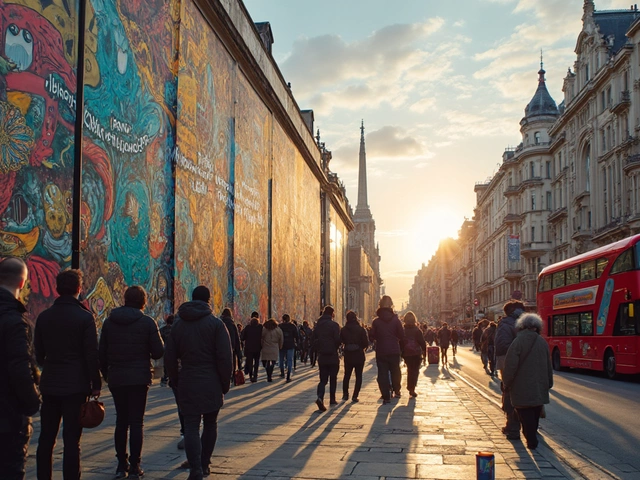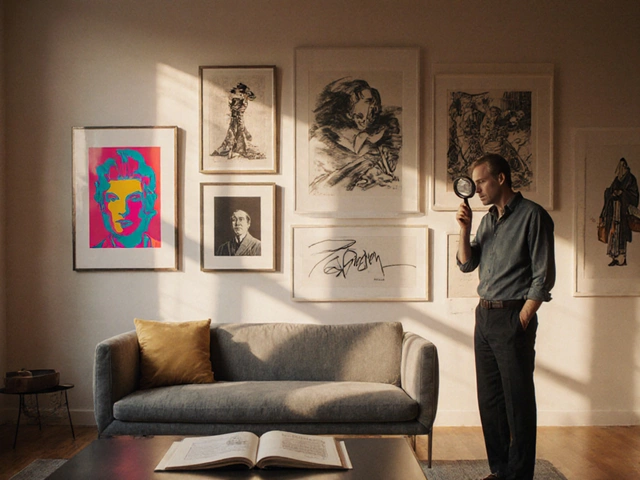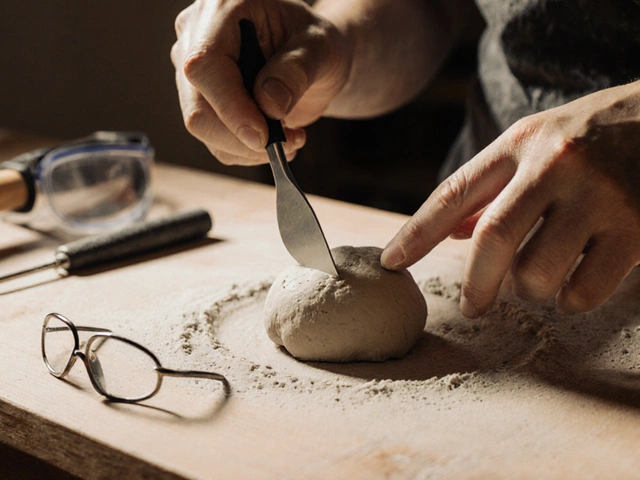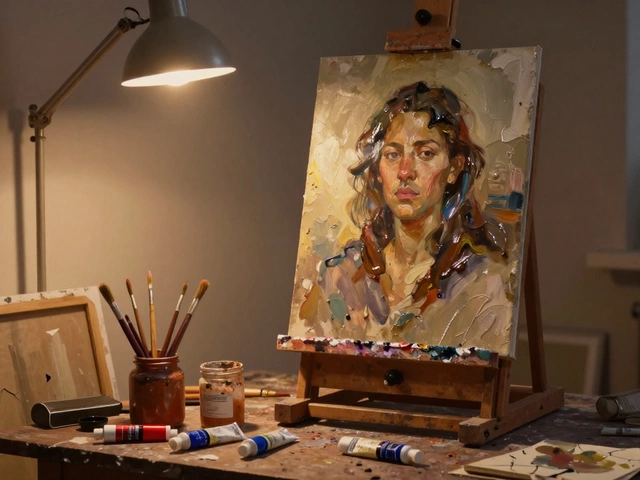Landscape Painting Techniques – Master Your Outdoor Art
When working with landscape painting techniques, the methods artists use to capture outdoor scenes on canvas or panel. Also known as outdoor painting methods, it lets you translate light, air, and terrain into paint. These techniques often rely on oil painting, a medium that lets you blend colors slowly and build up texture. Some call it oil medium. Another core concept is composition, the arrangement of elements within the picture plane, also known as visual layout. Landscape painting techniques encompass brushwork, color mixing, and atmospheric perspective; they require a solid grasp of light, perspective, and material handling; and they are shaped by the artist’s choice of composition, which influences how viewers experience the scene.
Core Elements of Landscape Painting
Brushwork is the first language you speak on the canvas. Quick, loose strokes can suggest distant foliage, while tighter, layered strokes give foreground detail and texture. Pair that with a thoughtful palette: mixing a warm ochre with a cool ultramarine creates the subtle shift from sunlit hillside to shadowed valley. Atmospheric perspective—using lighter, cooler colors as objects recede—adds depth without drawing every leaf. Light is the real star; study how sunrise paints the sky in pinks and how a mid‑day sun flattens contrast. When you master these tools, you can experiment with wet‑on‑wet techniques in oil, letting colors merge on the board, or dry‑brush for crisp highlights. Each choice feeds the next: a softer brushstroke may call for a muted palette, while a bold, thick application often benefits from high‑contrast lighting.
Beyond pure scenery, many artists wonder whether to add people. Including figures creates a sense of scale and narrative; a lone walker on a cliff can suggest adventure, while a farmer at work grounds the landscape in daily life. The key is to keep the figure’s value lower than the surrounding nature so the scene stays the focus. Similarly, compare painting to landscape photography: a photo captures a moment instantly, but painting lets you decide what moment to freeze, amplify colors, or reshape the horizon. Tools like a palette knife for thick impasto or a glazing medium for translucent layers give you the freedom to reinterpret the view. Whether you’re a beginner using acrylics or an experienced oil painter, the principles stay the same—understand light, choose a strong composition, and let your brush tell the story. Below you’ll find articles that dive deeper into specific techniques, from adding figures to mastering color harmony, giving you a practical roadmap to improve your own outdoor artworks.
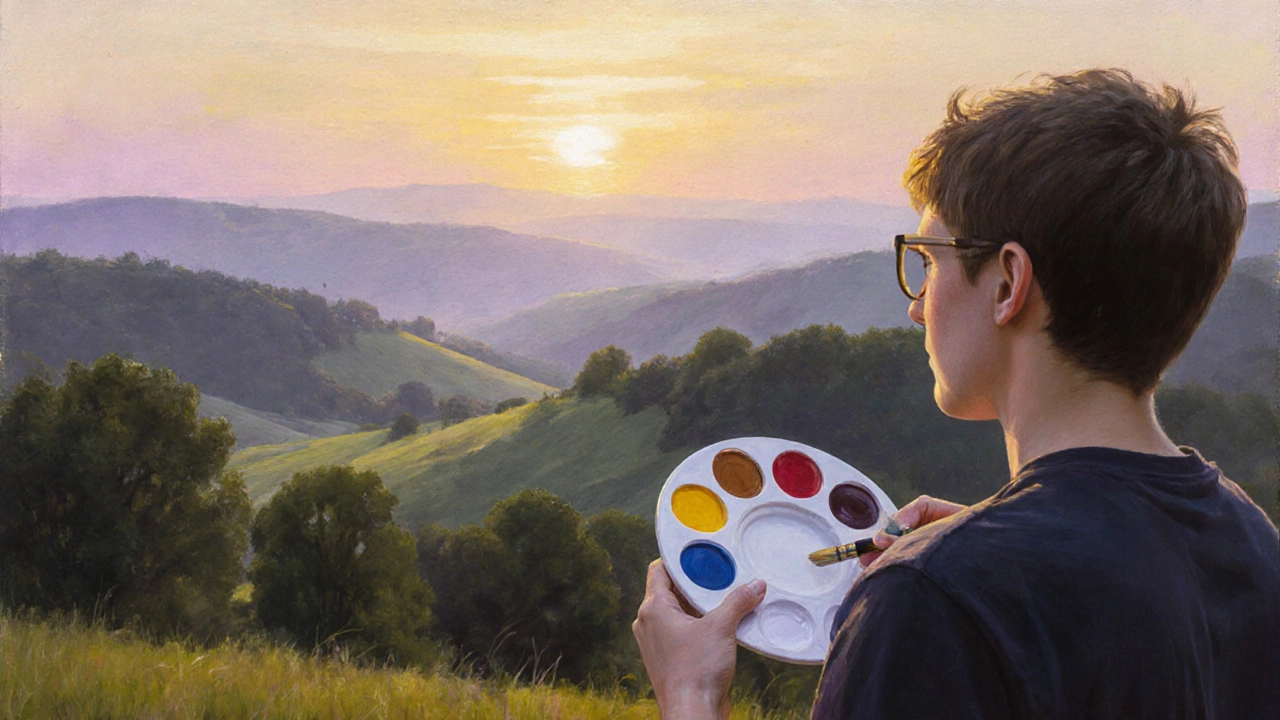
Learn how to paint realistic landscapes by focusing on light, value, and atmospheric perspective instead of details. Step-by-step techniques for beginners using oil or acrylics.
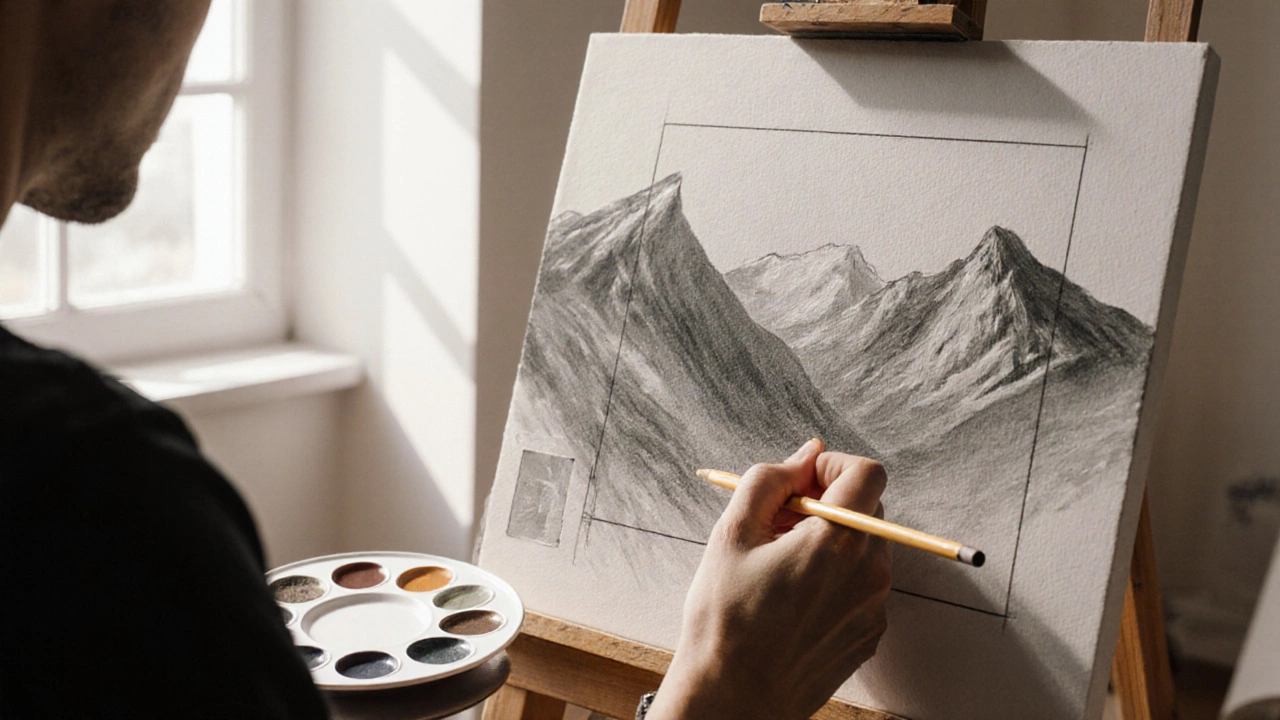
Discover practical tips to boost the visual impact of your landscape paintings, from composition rules and color palettes to texture, light, and storytelling.
